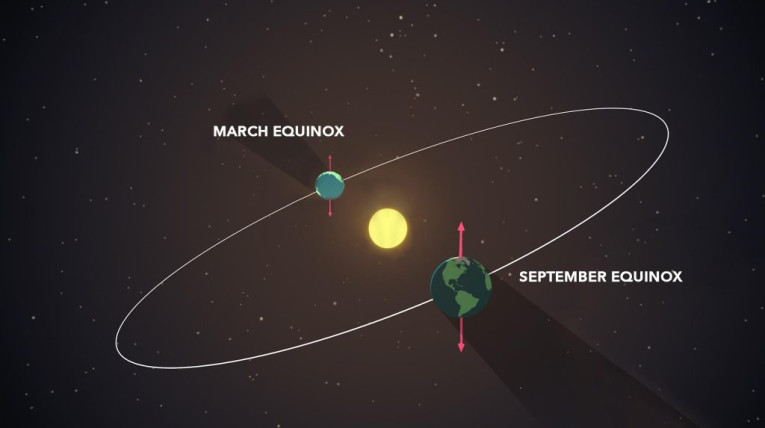“How was the moon formed?” Written by Aanchal Baria

Do you know how the moon formed? Or when was the moon formed? To begin with, scientists believe the moon was formed about 60 – 175 million years after the solar system was born, during a Giant-Impact. A Giant-Impact is today’s one of the most believed theories on how the moon was formed.
Theories for Queries-
Initially, there used to be common theories and it was one of the objectives of the Apollo Mission Program to find out how the moon formed. Common theories are as follows.
- Fission Theory – As its name says “fission”, it suggests that Earth had been spinning so fast that some material broke away and began to orbit the planet.
- Accretion Theory – This theory indicates that the Moon was created along with Earth at its formation
- Capture Theory – It suggests that the moon was a celestial body formed somewhere in the solar system and was captured by Earth’s gravitational force as passed by nearby.
- Giant-Impact Hypothesis – This theory proposes that the moon was formed when an ancient planet in the early Solar System called Theia, collided with the early earth and resulted in emitting debris to form the moon.

Mission Apollo –
Here it gets interesting, one of the main objectives of the Apollo Mission included scientific exploration by the lunar module, or the crew. And the analysis of samples brought back from the NASA Apollo missions suggested that the Earth and Moon are a result of a massive collision between an early proto-planet and an astronomical body called Theia.
This scientific exploration and analysis bring attention to the Giant – Impact Hypothesis and strongly suggests that the moon was formed by a huge collision between Proto Earth and Theia(a nearly mars-sized planet). Where nearly all of early Earth and Theia melted and reformed as one body, with a small part of the new mass spinning off to become the Moon as we see.
Furthermore, the evidence brought back to earth by the Apollo Mission unlocks numerous aspects of the soil of the moon. The phenomenal similarities of chemical and isotopic elements between the earth and the moon show the past relationship between both.
So if the moon was formed somewhere else in our solar system, according to Capture Theory then it would not have shown any similarities between our planet and the moon. And there are differences the composition of the soil is too dry and rich in materials that form in high temperatures which substantiates that if the moon was formed at the same time or shattered off the earth, then we would expect the proportions on the moon to be the same as on the earth. In the seventies and eighties, there was a lot of debate which led to an almost universal acceptance of the giant impact model.
Conclusion-
There are various theories that suggest the origin of the moon but the Giant Impact Hypothesis supports Apollo Program observations. However, in the near future with advanced technology and research, scientists may be able to find more evidence and theories which might take a new turn and suggest a different approach to how the moon was formed.



